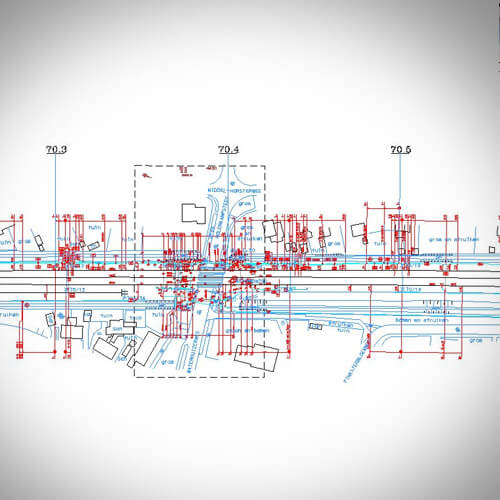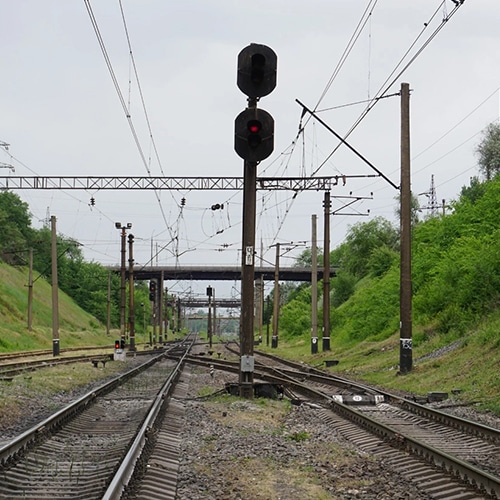In this project, we successfully converted the electrical cables and signaling equipment of Dutch Railways from analog to digital records, in full compliance with Dutch railway quality standards. This conversion improved the accuracy and accessibility of infrastructure data, enhancing maintenance efficiency, operational planning, and system reliability.
Key Achievements:
Analog to Digital Transition: We transformed the existing analog records of electrical cables and signaling systems into precise digital formats, ensuring data consistency and ease of access.
Compliance with Dutch Rail Standards: The entire process adhered to national railway quality standards, including ProRail guidelines, ensuring that all digital records met stringent requirements for safety, reliability, and interoperability across the rail network.
Comprehensive Cable Network Documentation: Detailed lists of the entire cable network, including specifications, locations, and connectivity, were completed, supporting efficient asset management and maintenance activities.
Project Outcomes:
Enhanced Data Accuracy: The digital records significantly reduced errors previously associated with manual documentation, providing more reliable data for ongoing operational use.
Improved Accessibility: All stakeholders gained real-time access to updated information, improving decision-making processes, maintenance planning, and emergency response capabilities.
Regulatory Compliance: The project ensured full compliance with Dutch railway regulations and quality standards, contributing to enhanced safety and operational efficiency across the railway infrastructure.
This project demonstrated our expertise in digitizing critical infrastructure and highlighted our commitment to delivering solutions that enhance the safety and performance of national railway systems.
Project Details
Project Electrical and Signalling Cable Network of Railways, Netherlands
Volume 5500km Railway
Customer:




